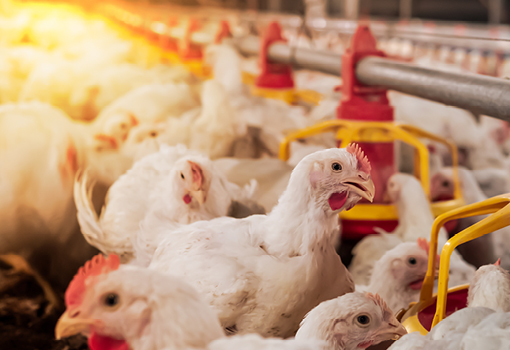Heat stress has been implicated in the etiology of numerous welfare, health and production problems, ranging from reduced fertility in breeders, digestive disorders, suppressed immunocompetence, oxidative stress, and production performance.

Heat stress continues to challenge the poultry industry and the challenge is even increasing. Improvements in poultry genetics have led to higher metabolic rates: birds consequently produce more body heat, making them increasingly prone to heat stress. Increased ambient temperatures as one of the most immediate and obvious effects of global warming, along with higher stocking densities, also contribute strongly to the frequent occurrence of heat stress in birds. Additionally, the absence of sweat glands in poultry makes the process of thermoregulation as an adaptive response to heat stress quite complex.
We did an interview with Clara Fornalés Pallàs, Veterinarian at the Health Protection Agency for poultry of La Mancha, on how to identify and tackle the challenges of heat stress.
Watch the entire interview here.
Nutritional and immunomodulating interventions have been shown to be effective in reducing the severity of heat stress and reducing the associated detrimental effects. A multi-factorial approach to reducing the effects of heat stress is vital if animal welfare and profitable production are to be maintained. Read all about this challenge and proposed solutions in our latest article.
© Kemin Industries, Inc. and its group of companies 2025 all rights reserved. ® ™ Trademarks of Kemin Industries, Inc., USA
Certain statements may not be applicable in all geographical regions. Product labeling and associated claims may differ based upon government requirements.